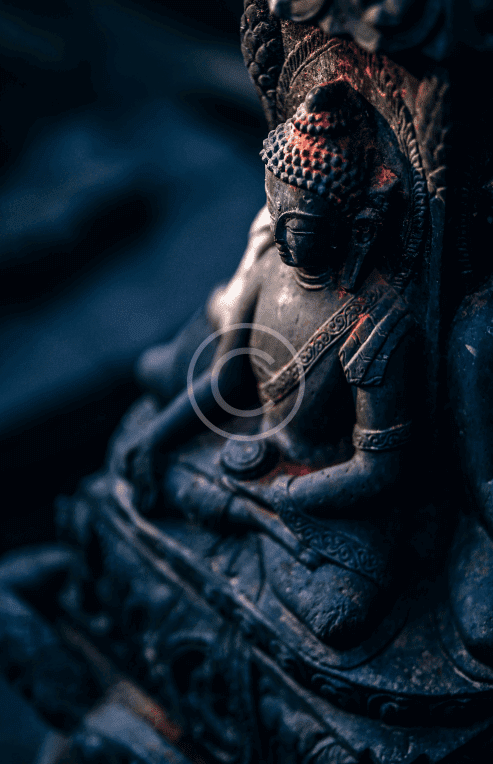

If you want others to be happy, practice compassion. If you want to be happy, practice compassion.
HIS HOLINESS the
Dalai Lama
Monastery Rules
Vastu For Excellence in Studies
Aura Vaastu Consultancy: Effective Vastu guidelines can help improve the Academic Performance of Students' education, Study Performance, and Concentration.
Aura Vaastu Consultancy: Effective Vastu guidelines can help improve the Academic Performance of Students’ education, Study Performance, and Concentration.
Daily Schedule
Temple is open every day from 8.00 A.M. to 8.00 P.M. Except on Friday, where it is open from 8:00 A. M. till 8:30 P.M. If it is necessary to perform.
| 7:00 | Morning Buddha Pooja followed by Chanting of Seth Pirith |
|---|---|
| 7:30 | Breakfast for Monks |
| 8:00 | Study |
| 9:00 | Preferred appointment taking time |
| 11:00 | Day time Buddha Pooja |
| 11:30 | Lunch for Monks |
| 12:30 | Blessing service for devotees after lunch followed by Dhamma talk |
| 13:00 | Resting |
| 14:00 | Meeting by Appointment |
| 15:00 | Gilanpasa Buddha Pooja and Chanting of Seth Pirith |


Dharma Protocol
Samadhi is a monastery in the Tibetan Buddhist tradition. When you are in the shrine room, you are in a sacred space just like any other religious tradition. Please be calm and quiet and be respectful of practitioners and the monks and nuns in all areas of the monastery and take a moment to be aware of the following general protocol:
- Remove shoes and leave them in the front entrance before entering the main shrineroom or small practice rooms.
- You may notice people performing 3 prostrations (a type of bow) upon entering the shrineroom; this is a part of their spiritual practice and a gesture of respect and devotion; it is not necessary if it is not a part of your tradition.
- Dress appropriately when you visit Samadhi: please wear shirts and no short shorts.
- Feel free to walk around all public areas quietly, including to the front of the shrineroom (if no teaching is in progress) to look more closely at the ritual objects and architectural elements. We do appreciate that you will not touch or disturb objects on the shrine.
- You are welcome to do your own meditation practice or simply sit in silence for as long as you wish during your visit; sit on the cushions on the floor provided or in the chairs along the sides of the rooms.
- Please sit with legs crossed or to the side (or with feet flat on the floor or tucked under your chair if seated); please do not stretch out your legs toward the shrine; in this tradition, it is considered a form of disrespect for the bottoms of one’s feet to face the sacred images at the front of the room.
- Feel free to use any texts provided during your visit. Do not place texts directly on the floor and please leave them in the shrine room; a wide variety of prayers and practice texts are available for purchase in the bookstore onsite.
- You are welcome to make lamp offerings in the shrine room on behalf of loved ones, the deceased, or for any reason; there is often someone available to assist you or simply follow the instructions provided around the lamp tables. Contact the front desk with any special requests to sponsor practices or lamps at the monastery.
- Learn a schedule of tours and practices that are open to the public regardless of spiritual tradition or level of training.

